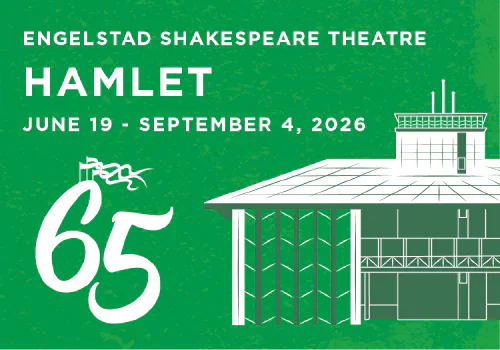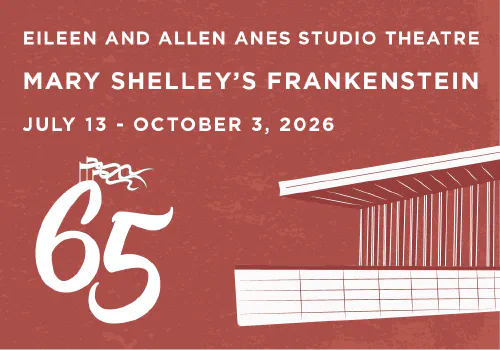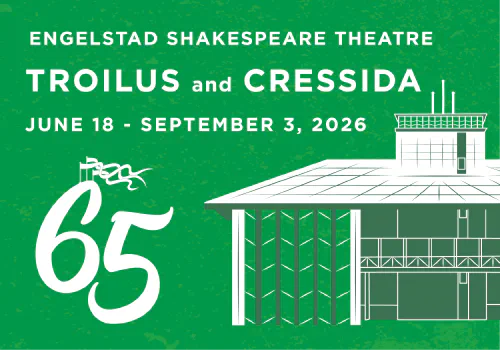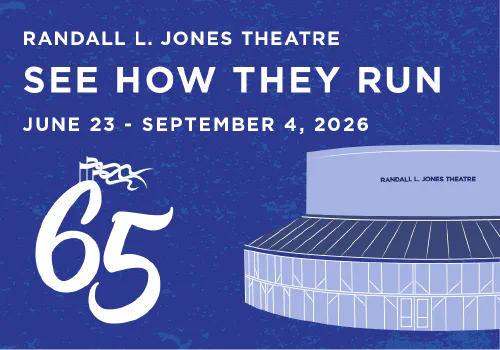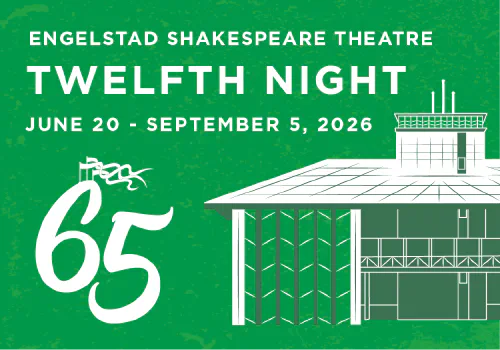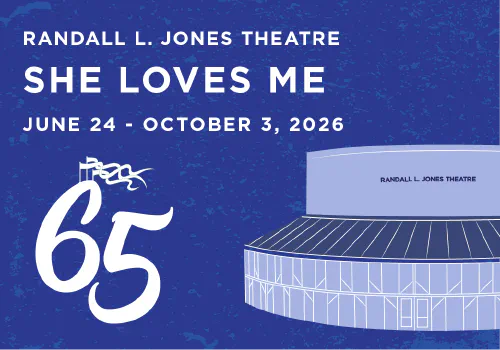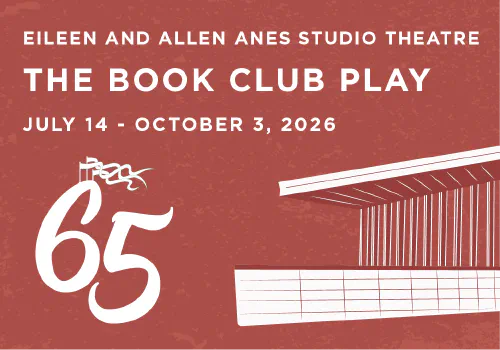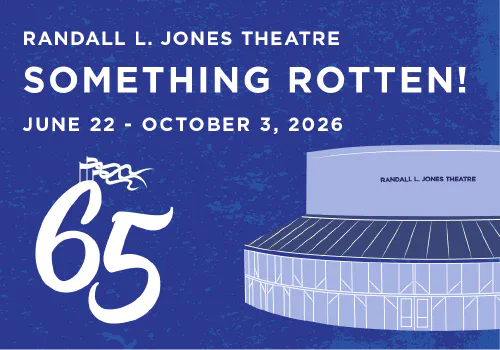Festival Develops Custom Costume Inventory Program

By Liz Armstrong, guest writer
There’s nothing quite like a night spent at the theatre, and although being immersed in a play can feel a little like magic, an immense amount of work happens behind-the-scenes to make it happen.
There’s a lot that goes into producing our high quality plays––including everything from props, sound, set design, costumes, and more. Additionally, most everything that touches the stage at the Utah Shakespeare Festival is made in-house.
The actors may be the star of the show, quite literally, but what they wear plays a large role in the feeling, storytelling, and execution of the production. Costume Director Jeff Lieder knows this, and has spent nearly four decades at the Festival working on costumes.
The Costume Making Process
This season, over 60 individuals comprised the seasonal costume and costume crafts teams. Costumes are built from scratch, pulled from the Festival’s inventory, or purchased.
“We reuse as much as we can,” Lieder said. “For this season’s Silent Sky, the clothes are from the turn of the century in 1912, and so we were able to pull things from our stock in addition to borrowing some things from Arizona Theatre Company that were used in a production years ago.”
David Mickelsen was the costume designer of an original version of Silent Sky when Lauren Gunderson was writing it in Cleveland and came this season to design the same show for the Festival.
This year, a lot of the costumes in The Taming of the Shrew were built from scratch because of the design style.
“The color and nature of the show required that a lot of it has to be cohesive,” Lieder explained.
The Festival purchased pieces this season as well. Lieder noted that uniforms were made for the production of Much Ado About Nothing in Scotland due to efficiency.
“It takes 40 hours or more of labor to make a man’s suit coat, and that’s not including the cost of the material, and so it was cheaper and easier for us to have them made across the world than do them in-house,” he said.
Once the season has closed, most costumes are stored in Festival facilities. If they are no longer needed, stock is sold to other theatres, or to schools and community groups during the Shakespeare Competition hosted by the Festival each fall for bargain prices, along with props and other items.
The Costume Inventory Process
It’s the 63rd season of the Festival, and so quite the costume collection has accumulated over the years. Pulling costumes from inventory was proving to be difficult. To help solve the issue, a costume inventory program was created.
“The program was developed by Randy Handley, who worked at the Festival when he was a student,” Lieder explained. “The program is customized to the Festival.”
The process includes applying heat set bar codes on each costume piece, and then uploading photographs and information about the piece into the system.
“The program makes costumes [more accessible]” Lieder said. “During the winter or if they aren’t in Cedar City, designers can search for a specific piece.”
The program will also make it easier to find what the Festival has already, saving time and money for all those involved.
“We won’t have to remake them if we already have and can find them,” Lieder said.
Eileen and Allen Anes made a donation several years ago to start this costume inventory process.
“They’ve always been fans of the Festival and the Costume Department, and they saw the need for the inventory process,” Lieder said. “They were really generous donors to start it out.”
The Future and the Challenges
Although the Festival is in the process of inventorying all the costumes, it will take some time to input all of the information, especially with Lieder being the only full time, year-round staff member in the Costume Department.
“We have thousands of items in storage and are just now starting this process,” Lieder said.
Another challenge for the Costume Department are the facilities where the costumes are stored.
Although there is a storage facility, the conditions make it difficult for employees to work there.
“We are hoping that someday, a donor would be willing to build another building for us to expand so we can get to the costumes [into a less crowded space] and have a facility that is temperature-controlled,” Lieder expressed.
For those that are interested in donating to the Costume Department, please contact the Development Department at devasst@bard.org.
To see the fabulous costumes in action this season, visit our photo gallery or better yet, purchase tickets today at bard.org/plays.


